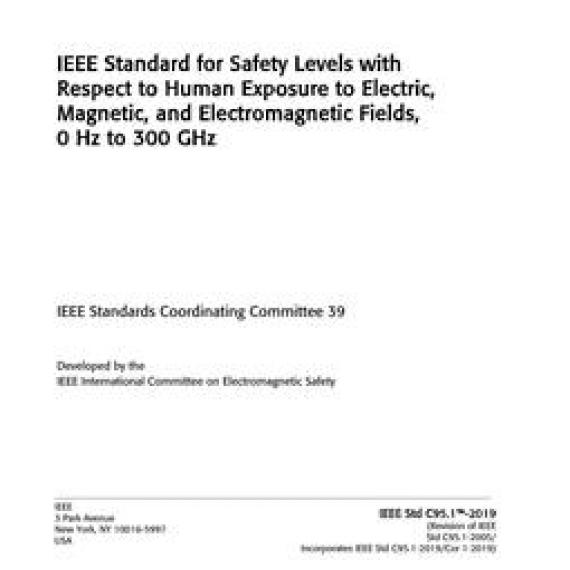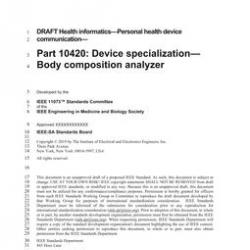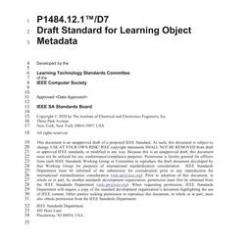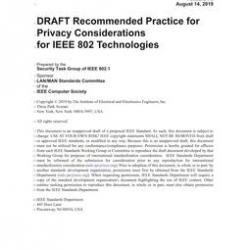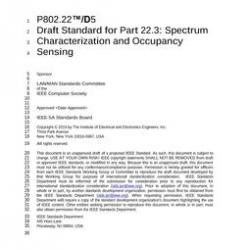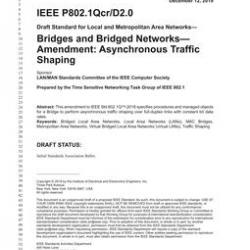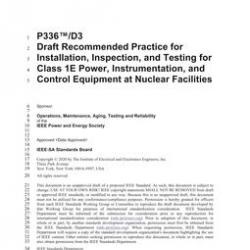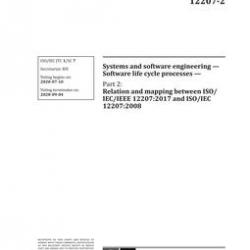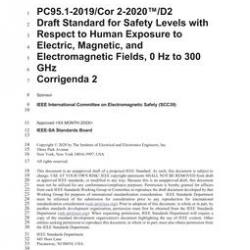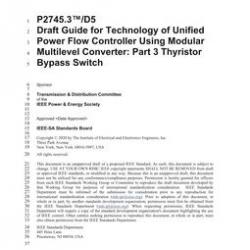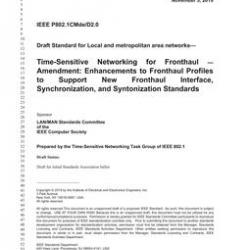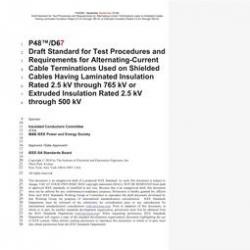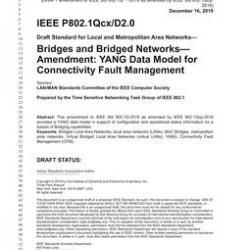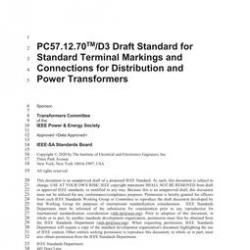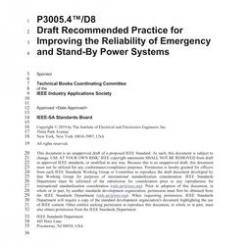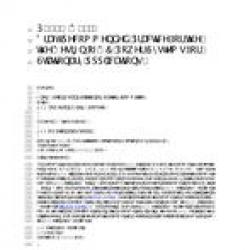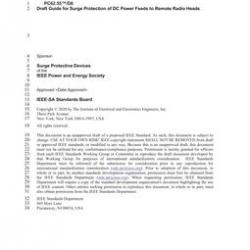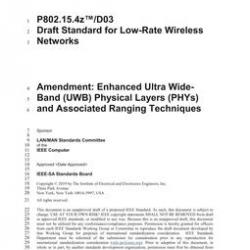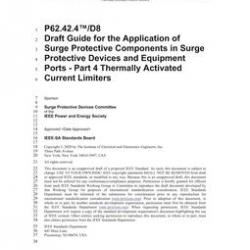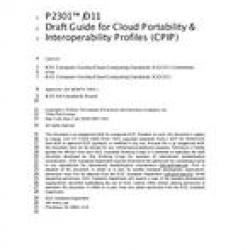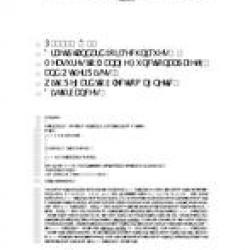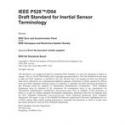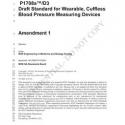Full Description
Scope
This standard specifies exposure criteria and limits to protect against established adverse health effects in humans associated with exposure to electric, magnetic, and electromagnetic fields in the frequency range of 0 Hz to 300 GHz.1,2 These limits, incorporating safety margins, are expressed in terms of dosimetric reference limits (DRL) and exposure reference levels (ERL). DRLs are expressed in terms of in situ electric field strength, specific absorption rate (SAR), and epithelial power density. ERLs, which are more easily determined, are limits on external electric and magnetic fields, incident power density, induced and contact currents, and contact voltages intended to ensure that the DRLs are not exceeded. The limits, which protect against adverse health effects associated with electrostimulation of tissue and local and whole-body heating, are intended to apply to the described human exposure conditions. However, these levels are not intended to address exposures of patients or human research subjects under the care of medical professionals for which other risks and benefits might apply. These exposure limits might not prevent interference with medical and other devices that might exhibit susceptibility to electromagnetic interference (EMI).
Purpose
The purpose of this standard is to provide science-based exposure criteria to protect against established adverse health effects in humans associated with exposure to electric, magnetic, and electromagnetic fields; induced and contact currents; and contact voltages, over the frequency range of 0 Hz to 300 GHz.
Abstract
Revision Standard - Active.Safety limits for the protection of persons against the established adverse health effects of exposures to electric, magnetic, and electromagnetic fields in the frequency range 0 Hz to 300 GHz are presented in this standard. These exposure limits are intended to apply generally to persons permitted in restricted environments and to the general public in unrestricted environments. These exposure limits are not intended to apply to the exposure of patients by or under the direction of physicians and medical professionals, as well as to the exposure of informed volunteers in medical or scientific research studies, and might not be protective with respect to the use of medical devices or implants.

